
Norman Blair shares how and why Yin Yoga can help you relax and reduce anxiety.
Fact: We live in anxious times.
Question: on a scale of 1 (being calm, peaceful, steady) and 5 (being fed-up, overwhelmed, shaky) – where might you be right now in this very moment?

Try this Yin to Look In class with Norman Blair.
Read more about yoga for stress and anxiety in this complete guide
Fact: Anxiety is part of the human condition.
For thousands of years, human beings have been pondering questions such as how to be more grounded and how to live this life.
Around 4th century BCE, the temple of Apollo was constructed at Delphi in Greece. Sculpted above the entrance were the words “Know Thyself”. Next to these words was sculpted this (which is a good message for me): “Nothing in excess.”
About 2500 years later Erich Fromm was studying the human condition. His most well-known book has this great title: The Fear of Freedom. According to Fromm, modern people are lonely, anxious and passive.
Check out Finding Our Yin Foundations class with Norman Blair
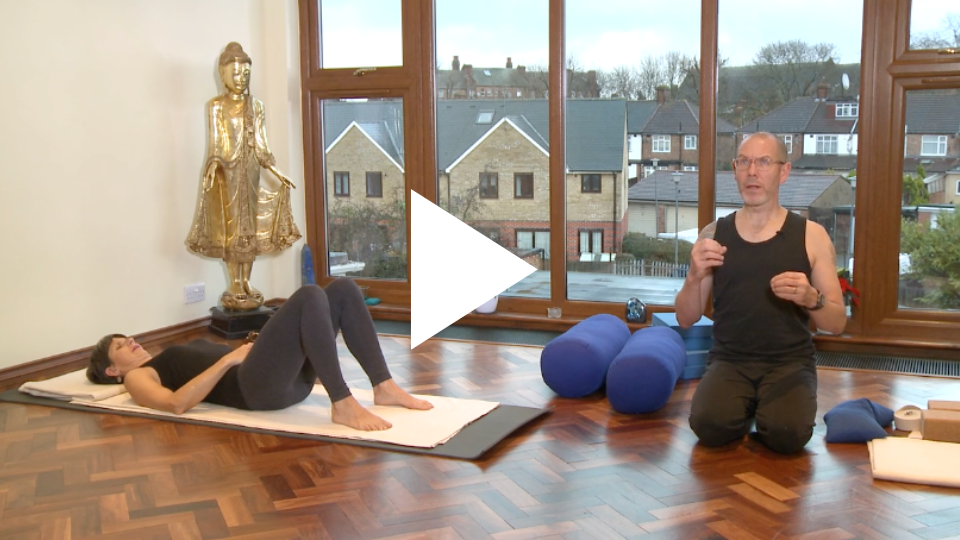
In 2017 I wrote this poem:
What is this thing
To which we cling
A bundle of bits
That temporarily fits
A year later I wrote this:
Look more closely
For under the leaves
That sit rotting on the ground
There is life

Pacify anxieties with this Calming and Centering Yin yoga class with Norman Blair.
Anxiety is very understandable
There is so much that we can be anxious about: ranging from the weather to the fact that we are all going to die, from our employment circumstances to whether we remembered to lock the door and switch off the cooker. Bearing all this in mind, a good question is: what can we do?
Undoubtedly there are innumerable techniques and strategies that can ease some of these anxieties.
For myself, personally, I have found Yin yoga for anxiety to be very helpful.
Settle jangled nerves with this Feel Soothed With Yin Yoga class with Norman Blair.
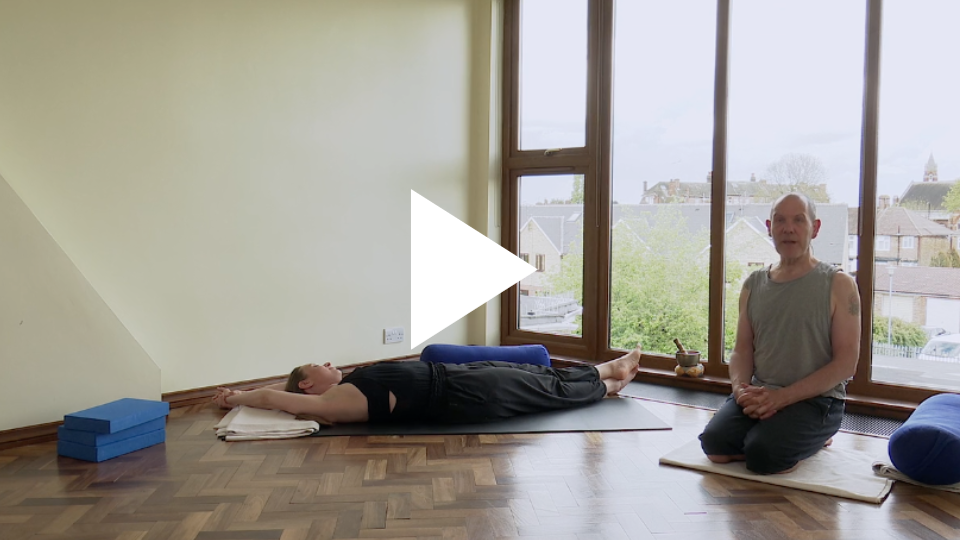
To grasp these terms of yin and yang, we need to understand the diversity within unity and that life is a multiplicity of movements in many different dimensions and many different directions – all at the same time.
Yin might be described as the broader picture while yang could perhaps be seen as a narrower spotlight. Yin as relaxed ease and yang as purposeful effort.
It could be proposed that yang is consumerism, external appearances, caffeine, fast food that frequently is not fulfilling. Yin is gratitude for what we have, growing old gracefully, herbal tea, fresh food that frequently is more nourishing.
Yang might be the confusion of choices whereas yin is closer to ‘less is more.’

Unravel a tight body with The Yang Within The Yin class with Norman Blair.
We most definitely live in yang times
Another way of describing our culture is that it is predominantly associated with the elements of wood and fire, which can have yang qualities. It is upward and outward with not enough downward and inward; achievement and growth and not enough grounding and quiet.
Of course these are highly subjective views!
Prepare for deep sleep with this Calming Embodied Yin class with Norman Blair.
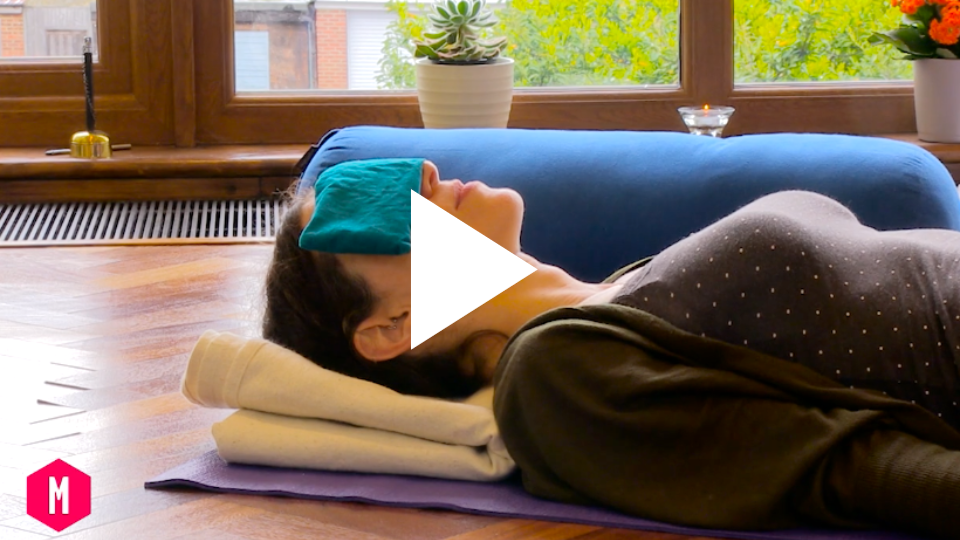
As Yin flows into the yoga mainstream, hopefully, it will maintain its counter-cultural ethos: the slowing down, the softening, the focus on inner tones rather than outward appearances. This could connect to an approach that emphasises the quality of permission.
Yin yoga for anxiety has the potential to be described as “a permissive practice” while simultaneously acknowledging the need for boundaries.
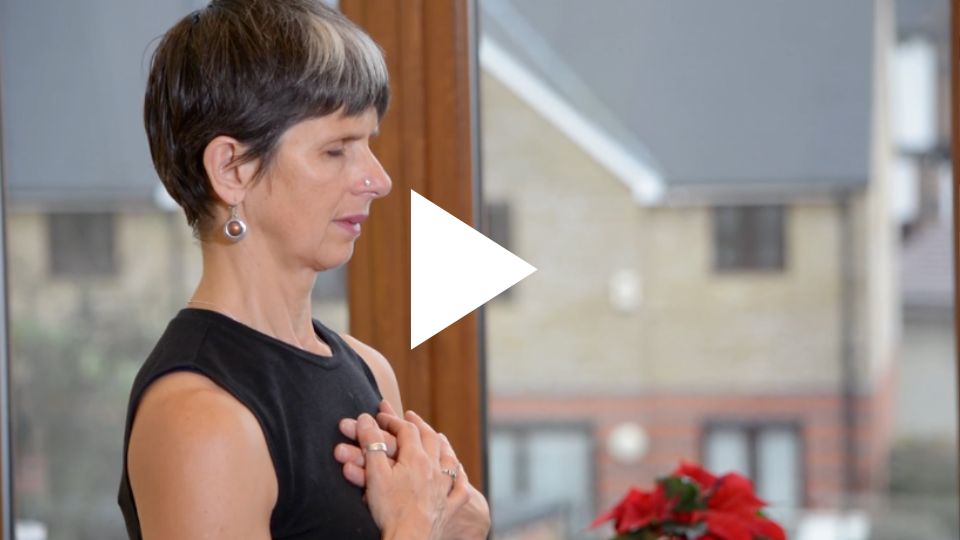
Open your upper body with this Heart Opening Yin class with Norman Blair.
In my view, practice is better conceived as a verb than a noun.
We are practising: this gives more feeling of flow, an approach of process rather than product. Because processes are more important than products and particles (and in fact, according to physics, particles do not actually exist).
Life is more fields and flows; not so much separate things, more networks and fluidity than atoms and machines.
This verb of practising is more important than the nouns of goal, achievement, prize. It poses less as a prize and more of a place for exploring possibilities. Practising is not a peak pose performance nor a maximising of physical fitness – because our health and well-being can significantly benefit from this.
Practising is about more avenues towards awareness, instead of a goal to be achieved. In the words from novelist and practitioner Tim Parks, “Awareness has to plunge into flesh.”
Issues and Tissues Yin yoga class is a great daily practice for dealing with life’s challenges.
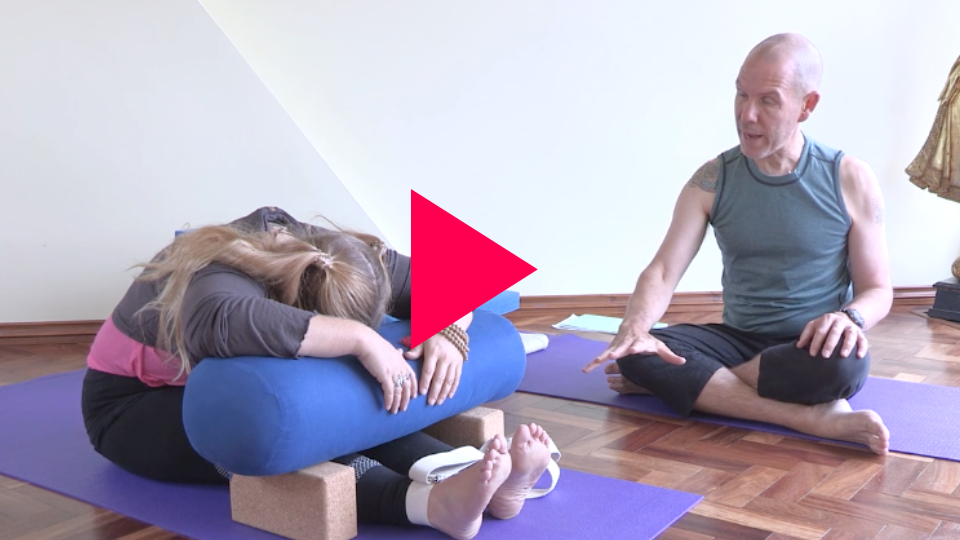
We are not computers with binary rigidity; we are organic fields of being.
Life can be described as an art of balancing stability with risk, consistency with change, earth with sky.
As human beings, we are bridges that express these balances. Within our bodies, there are innumerable relationships and we each have a vast multiplicity of relationships with all that is around us.
Knowing patterns can mean there is then space for conscious and constructive change.
Releasing some of our understandable anxieties, softening some of the tensions that we all carry – practising Yin yoga for anxiety can be part of this unpacking, declenching, and unwinding.
It can be about getting to know ourselves better and becoming more grounded.
This Yin Yoga for Freedom class with Norman Blair is a fantastic life-skills practice.
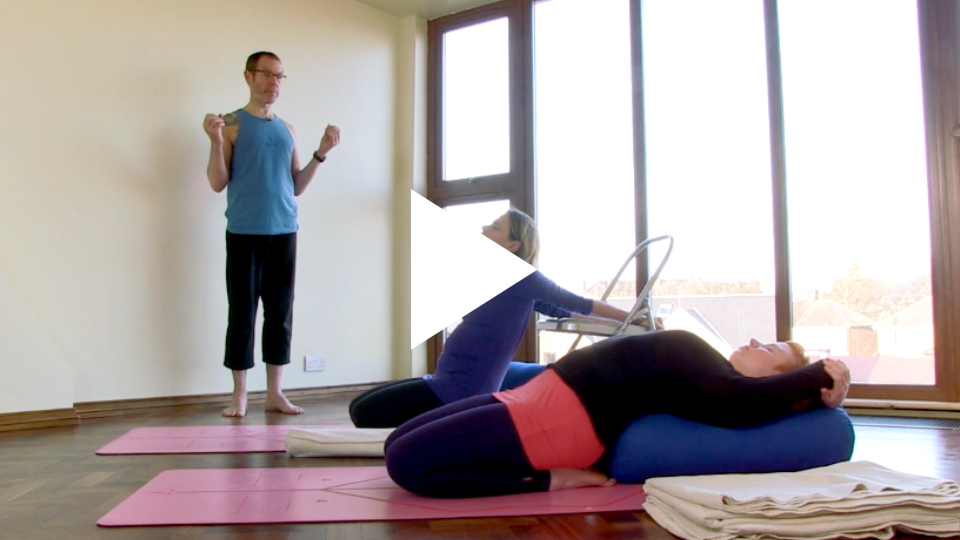
More Yin practices with Norman:
Read more in Yoga for Stress and Anxiety: A Complete Guide
Norman Blair has been practicing yoga since the early 1990s and started teaching in 2001. He has years of experience of teaching yin yoga in the UK and weaves this wonderful practice with his own background of ashtanga and meditation to be create a potent mix.
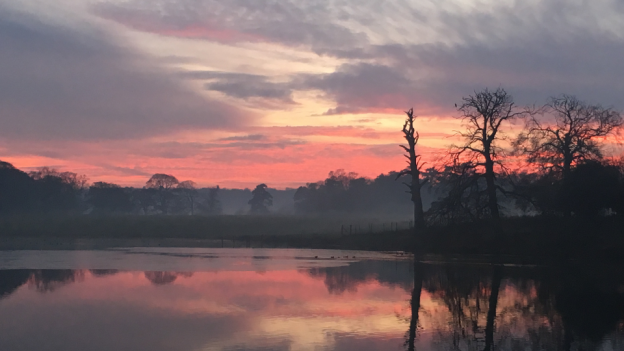





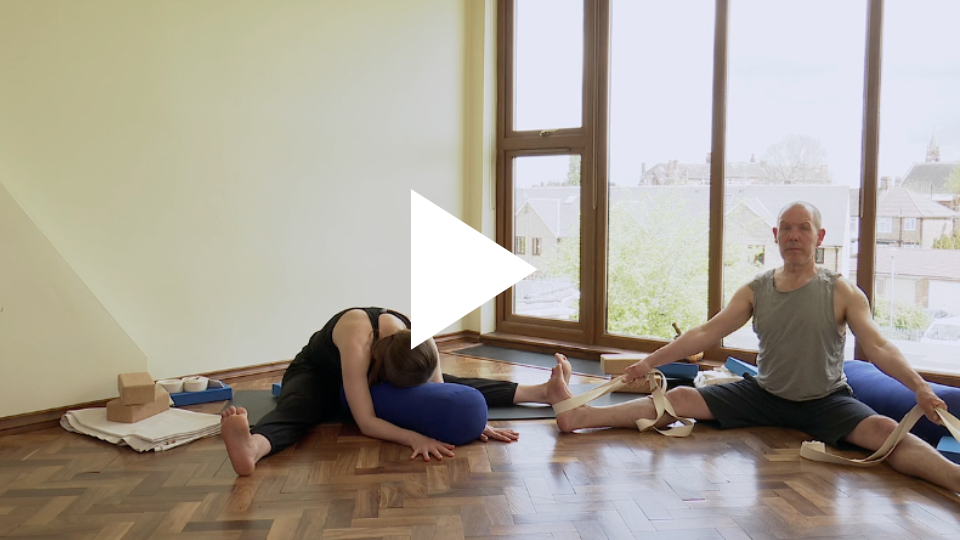

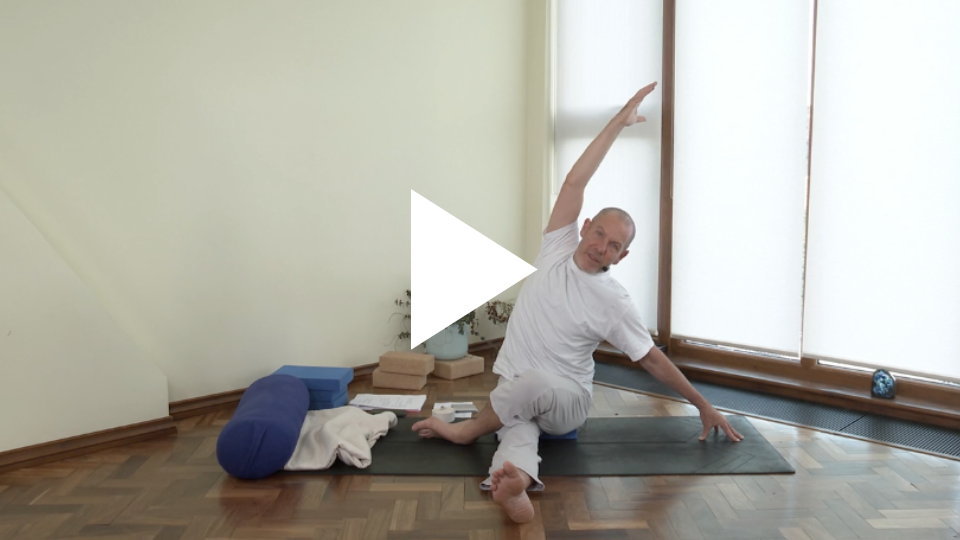
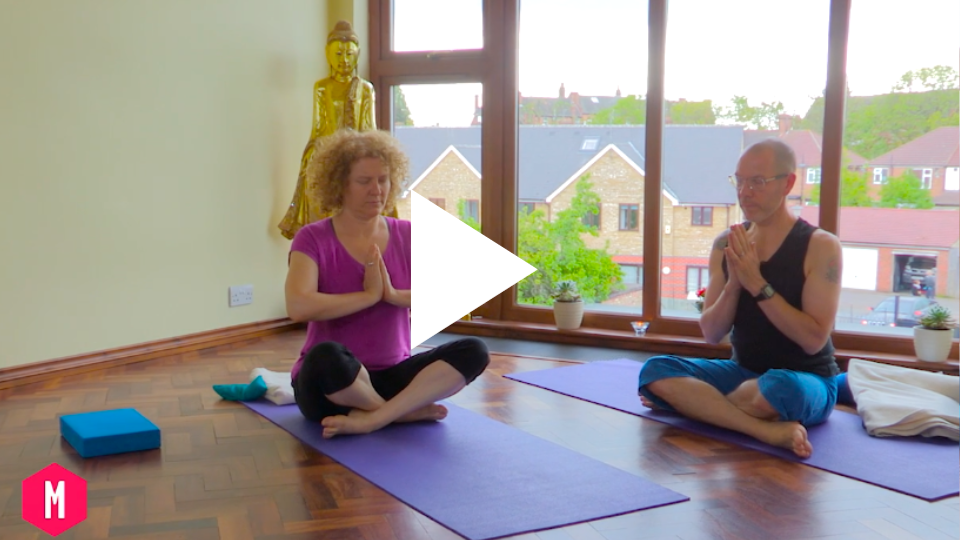

Leave a Reply